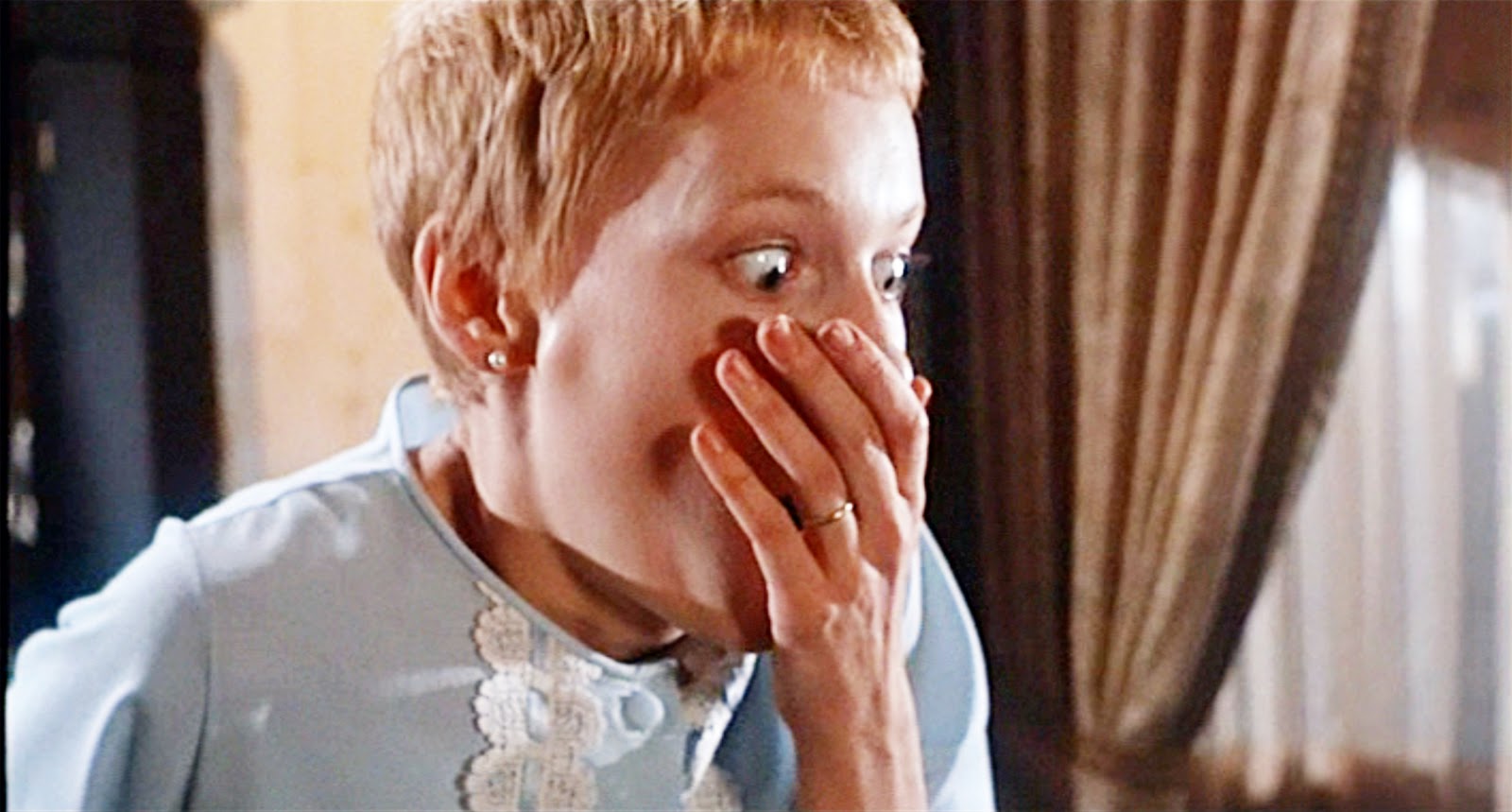There is something scary about hospitals, especially the old, abandoned ones and those creepy, windowless floors! But what about the patients? We take a look – limiting our discussion to actual patients in actual facilities, not involuntary patients in homes, garages and storage units (although that turned out to be quite a list, so maybe later…)
5. Patrick: Patrick (1978)
One of a number of underappreciated Aussie horror flicks of the Seventies, Patrick is the first pairing of director Richard Franklin and writer Everett de Roche. The two would make a number of solid genre flicks together, but it was probably the popularity of this film that sparked the Ozploitation craze.
Here, big-eyed Robert Thompson is an unblinking catatonic in a Melbourne hospital. Though nothing’s going on in his body and eyelids (honestly, the fact that he never blinks and no one give him eyedrops might generate more unease than anything else in the movie!), his mind is very busy. Especially now that he’s keen on nurse Kathie (Susan Penhaligon).
Thompson owns the screen, regardless of his state, and effortlessly creates dread. Franklin ups the ante with some elevator claustrophobia and the general tension of being in a hospital. This is a low budget indie and suffers a bit from sprawl, but when Patrick turns his head and scares his new nurse. I still jump.
4. Mary Hobbes: Session 9 (2001)
Nyctophobia, dissociative identity disorder, creepy tapes, an abandoned asylum – the pieces are there for a spooky horror movie. Credit writer/director Brad Anderson for swimming familiar waters and yet managing a fresh, memorable and disturbing film.
Gordon (Peter Mullan) needs some cash – and some sleep. Troubles at home aside, he’s having problems getting his latest assignment completed on time. With just a skeleton crew and an unreasonable turnaround time, Gordon has to remove the asbestos from the long-abandoned Danvers Lunatic Asylum.
He sneaks away a lot to call his wife and listen to these therapy tapes he’s found. Meanwhile, a couple of his guys are bickering over a shared girlfriend, another one’s a pothead, and then there’s Gordon’s sweet, mulleted nephew Jeff (Brendan Sexton III), who’s afraid of the dark.
Atmosphere is everything in this film. Performances are outstanding and Anderson has some seriously scary moments in store. Oh, poor Jeff.
3. Elvis Presley: Bubba Ho-Tep (2002)
Who wants to see Bruce Campbell play Elvis Presley?! We do.
Director Don Coscarelli (Phantasm) brings Joe R. Lansdale’s short story to the screen to depict the horror and sadness of aging, although its done with such humor that the film is impossible not to love.
Elvis never died, he swapped places with an impersonator who died and ever since then he’s been stuck living someone else’s life. And now he’s in this low-rent old folks home where his only real friend is a guy who believes he’s JFK (Ossie Davis). Obviously, when they realize that the recent spate of patient deaths is due to a mummy sucking the life from people through their assholes, who’d believe these knuckleheads?
The script is great and Coscarelli knows exactly how to make the most of budgetary limitations. The entire cast soars, but Campbell and Davis have such incredible chemistry that the film delivers not just laughs, message, and some scares but genuine tenderness.
2. Nola Carvath: The Brood (1979)
Dr. Hal Ragland – the unsettlingly sultry Oliver Reed – is a psychiatrist leading the frontier in psychoplasmics. His patients work through their pent-up rage by turning it into physical manifestations. Some folks’ rage turns into ugly little pustules, for example. Or, for wide-eyed Nola Carveth (Samantha Eggar), rage might turn into bloodthirsty, puffy coated spawn. This is Cronenberg’s reimagining of procreation, and it is characteristically foul.
Cronenberg wrote the film during his own ugly divorce and custody battle. He created a fantasy nightmare rooted firmly in the rage, despair, and the betrayal that comes from watching someone who once loved you turn into someone who seems determined to harm you.
Cronenberg is the king of corporeal horror, and The Brood is among the best of the filmmaker’s early, strictly genre work. Reed and Eggar are both unseemly perfection in their respective roles. Eggar uses her huge eyes to emphasize both her former loveliness and her current dangerous insanity, while Reed is just weird in that patented Oliver Reed way.
1. Patient X: The Exorcist III (1990)
You can absolutely never outdo Friedkin’s original masterpiece, but William Peter Blatty – who wrote the novel The Exorcist – takes a nice stab with the third installment.
Who is this secret Patient X? Or, who’s controlling him? Kinderman (played in this film with much gusto by George C. Scott) will live through a nightmare to figure it out. Jason Miller makes a heartbreaking return, but honestly, Blatty has so much fun with the rest of the patients, the film offers constant, weird terror.




